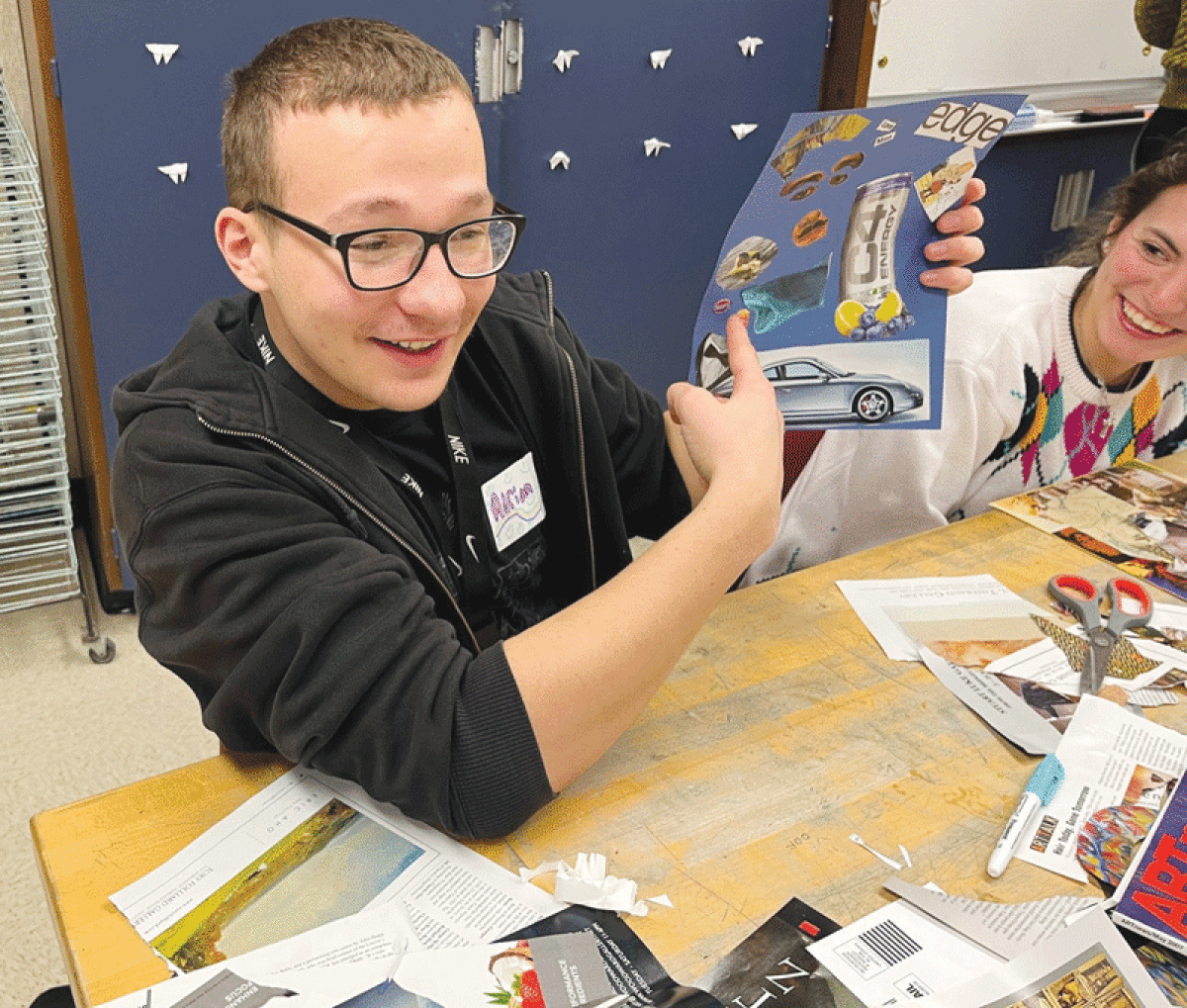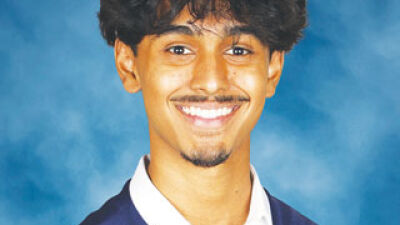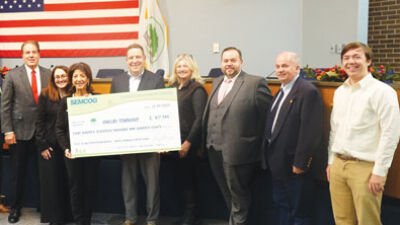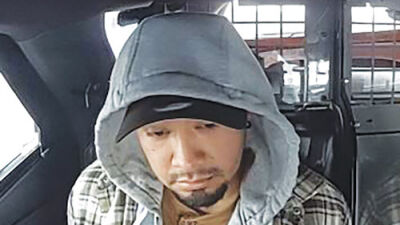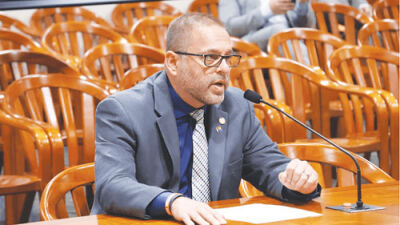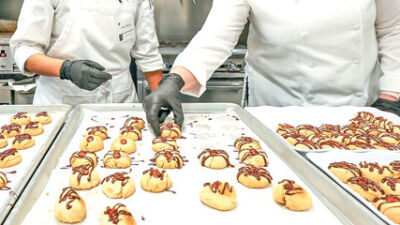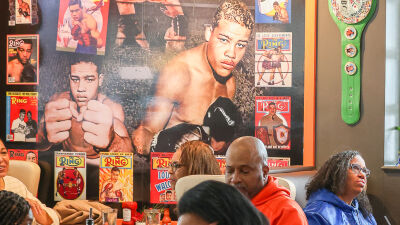SHELBY TOWNSHIP/STERLING HEIGHTS — Utica Community Schools teachers and counselors are using art to help students learn to take a break from everyday stress after school.
Working with a local youth advocacy agency called KnowResolve, which works to promote mental health and prevent suicide, UCS teachers and counselors are using KnowResolve’s Detour Project to introduce expressive art concepts to help students cope with life as busy teenagers.
The Detour Project grew out of KnowResolve’s Youth Advisory Committee during the early stages of the COVID-19 pandemic.
KnowResolve executive director Dennis Liegghio said the idea started about 10 years ago, though it did not advance past the idea stage.
“But at the height of the pandemic,” he said, “we got together with the teen council, and we just had one idea, and that was, ‘How do we connect people to mental health through the arts?”
He said the Detour Project is about taking a break.
“We are all under a lot of pressure and we all have very high expectations of ourselves, maybe we are prone to perfectionism or just feeling stressed. This is supposed to be the antithesis for all of that,” Liegghio stated in a UCS press release.
The program is currently taking place from 2:15 to 3:15 p.m. Tuesdays at Henry Ford II High School in Sterling Heights and from 3 to 4:15 p.m. Thursdays at Malow Junior High School in Shelby Township. There are plans to expand to other schools.
An example of the program in action occurred recently at Henry Ford II High School. Students relaxed by cutting images out of magazines that represented their interests and lives, and then they each put together a collage. In another example, students used watercolors to fill in random designs and words they created on a blank page.
Liegghio said that, in addition to the stress relief and the self-expression, there are numerous studies that support the brain activity and brain functions that happen during the creative process, specifically with the collage.
“You are relaxed, and you are in the moment. You are practicing mindfulness, but at the same time, your brain is making dozens of decisions to figure out which images you want. You are accessing subconscious parts of the brain, you are improving decision making skills, and you are doing something mindful — all at the same time in a way that is the opposite of overwhelming,” he said in an email interview.
Henry Ford II junior Karl Cook, who made a collage, said he worked with Liegghio in the past and loves everything he is doing with the Detour Project.
“I love the push for art. I think art and creativity are two of the most important things for young people, and I think they are missed out on a lot nowadays. I think that the experience today tells a lot about yourself, and I don’t think you notice it until you share what you have made. I think it is very relaxing,” Cook said in an email.
 Publication select ▼
Publication select ▼